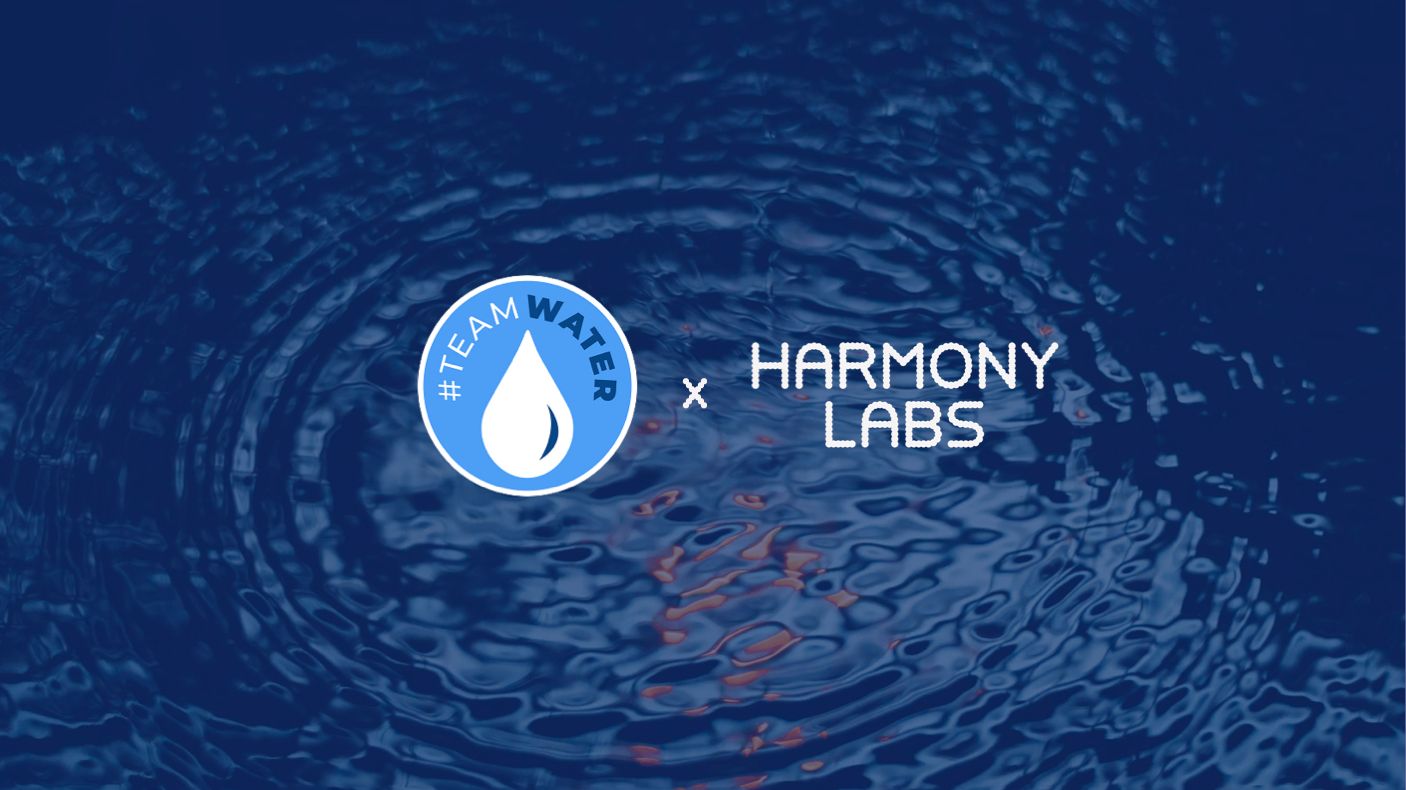Four Principles For Building Power in Media


2023-11-14
In today’s political landscape in the U.S., there is a palpable sense that civilization has entered a terminal stage of decadence—a sentiment shared on the left and right. This perception has been poignantly captured by James Pogue in his Vanity Fair article dramatizing the struggle for land as coastal elites prep for end times. It reads like the television series Yellowstone in the years before The Last of Us kicks in. And it situates nature and our relationship to it at the core of both the perceived problem and solution. This is interesting, because it suggests that people across the political spectrum are both tuned into what’s most troubling about how nature has been behaving lately—the fires, floods, and extreme temperatures—and also beginning to think and act at a scale that might just allow us to avert planetary disaster.
This heightened awareness and action is precisely what the field of climate communications has worked for decades to stir in the public—to garner widespread support for a liveable, low-carbon future. Are we equipped to respond to it and integrate new cultural communities into our work?
We believe that there is room for improvement, primarily because climate communications has traditionally been framed within the confines of politics. The prevailing approach often delineates the world into “us” versus “them,” primarily along political or issue-based lines, with the aim of expanding the “us,” while diminishing the influence of the “them.” Because of this strong frame of reference, and the partisanship of present-day U.S. politics, anything that occurs outside the look, feel, and ideals of collectivist environmentalism, for instance, can seem oppositional or out of bounds. Political work is important, and we applaud those who engage in it. We also believe that we have passed the point in our climate emergency when we have the luxury of time to focus on “winning hearts and minds” and votes only. At this point, we also need to look beyond politics and find ways to listen carefully to what different people value and quickly locate whatever common ground exists, so we can stand on it together and fight for a future that works.
This is the question that animates research we’ve been doing to understand whom climate communications are currently reaching, and whom they may be leaving out. To answer this question, we’ve been looking at how people in the U.S. encounter climate in the media they’re engaging with, minute by minute, across all their devices, accounts, and platforms. Importantly, we’ve been looking at the media behavior of all people, not just those with a particular perspective on climate or political affiliation. All in all, we’ve analyzed millions of media content encounters to understand how people are forming into distinct audiences for information about climate.
The first key finding: the majority of climate content is disseminated through news and politics. If we look at YouTube, for instance, climate as a topic is five times as likely to show up in news and politics, on average, than in any other content category. But on a given day on YouTube, only 14% of users will encounter news and politics content. On the larger internet, only 29% of users on average encounter news and political coverage daily. This jibes with Reuters Institute’s 2022 finding that 42% of Americans actively avoid news at least some of the time. And it means that most people in the U.S. are simply not exposed to climate content. Which is to say: there is a substantial opportunity for engaging new audiences . . . though we may need new communications approaches to communicate about climate outside of news and politics.
The second crucial discovery: we have largely moved beyond climate denialism. Across all audiences, we observed a general respect for our planet, with little to no hardcore climate change denialism in the media content people engage with. This is promising news and marks a shift away from the climate skepticism we observed on platforms like Reddit, Twitter, and Fox News in 2016. However, we did find divergent views on “nature,” “humanity,” and their interplay, which likely underpins public attitudes toward the climate crisis. Framing the challenge in this way may open up more opportunities for reaching across partisan political divides and arriving at the kind of unlikely alliances and coalitions, which, for better and worse, have historically been a feature of environmental concern worldwide.
The challenge of pigeonholing environmentalism within the binary left-right or progressive-conservative political spectrum has become increasingly evident. Kathleen Belew in her Atlantic article suggests that a horseshoe or circular model better represents the overlap between left and right leaning attitudes toward the environment. An NPR piece from the past year, titled "The far-right and environmentalism overlap is bigger than you think—and growing," delves into the historical associations between environmental movements and racial supremacy, revealing instances where environmental movements have intersected with discriminatory state policies, disappropriation, and even genocide.
None of this should come as a surprise, when we consider that environmentalism has typically concerned itself with wilderness, purity, care for the earth, and human purpose, and that these concerns or values do not belong reliably to any one political ideology or national party. In our research, for instance, they show up—expressed in very different ways—among people with core values that are typically understood as opposites, like “universalism” and “social order.”
Just to be clear, we are not suggesting that climate communicators make common cause with groups whose motivations or politics are beyond the pale. Rather, we’re observing that moments when concern for wilderness, purity, care for the earth, and human purpose come to the forefront often give rise to new political configurations and coalitions that lend voice to these concerns or harness them for various purposes. We posit that we may be witnessing the nascent stages of such a moment now, as the climate crisis intensifies, and the struggle for survival escalates for all earthly beings. This may represent uncharted cultural territory for climate communicators.
In our research, we certainly observed a proliferation of spaces—in media and IRL, outside of politics and news—that are knitting together unlikely crowds to play-test possible responses to what’s happening. Take the Exit and Build Land Summit, for example, where hippies, preppers, and conservationists come together to share notes on practical matters like zoning law, composting, and digital currency. Or Greater Reset, five days of discussion in Mexico and Texas offering practical knowledge to people interested in “co-creating a world that respects individual liberty, bodily autonomy, and choice.” Billed as an alternative to the “top-down, centralized, authoritarian vision” of the World Economic Forum, it features speakers that include Indigenous rights activists, free marketeers, privacy activists, cattle ranchers, and regenerative farmers. The language of social order and command values frames both of these events, which nevertheless attract as speakers, participants, and curious browsers people with divergent values profiles. We see the same sort of cross-values appeal in initiatives framed more in terms of “universalism,” like Dark Mountain Project, a community of artists and writers “determined to shift our worldview, not to feed into it” and “paint a picture of Homo sapiens which a being from another world, or, better, a being from our own—a blue whale, an albatross, a mountain hare—might recognize as something approaching truth.”
What knits these emergent crowds together are not always shared values, goals, backgrounds, identities, or ideologies, but a critique of contemporary culture as in need of reform. Indeed, their coming together at all could be seen as an experiment in reconciling values, goals, backgrounds, identities, and ideologies that can often seem deeply at odds; for example, an allegiance to the supremacy of God-given human purpose versus a view of Earth as home and haven for all co-equal beings.
These developments should pique the interest of anyone seeking to build urgency, alignment, and coalitions around the climate crisis. It is important to realize that these emergent cultural spaces are often driven by disillusionment with and indifference toward distant institutions and governing bodies, which are typical features of contemporary global politics and expert-driven environmentalism. Perhaps we are witnessing the emergence of a new type of environmentalism, one that is more cultural than political, that relies on norms and narratives rather than traditional political platforms, and that eschews conventional forms of organization in favor of a more organic, adaptive approach. Perhaps something more like an immune response than a medical intervention?
Given where we are in the climate crisis, it is imperative that we remain curious, eager to learn, and open to alignment wherever possible. This entails expanding the climate communications toolbox beyond news and political advertising, investing in research that swiftly identifies emerging alignment in cultural spaces, and experimenting with how to develop and deploy media content that looks more like entertainment than traditional campaigning. This is probably the only available future for at-scale climate communications anyway, as the digital cookie sunsets and traditional ad targeting loses whatever precision and power it may once have had. Heck, even the IPCC is finally calling for more cultural strategies to grow pro-climate norms and social practices!
The risks of not doing so are substantial. The fossil fuel industry and its allies have demonstrated their expertise in exploiting the cultural features that bolster carbon economies, from climate change denial to narratives of doom, economic development, progress for “the global poor,” Christian dominion, and even the gradualist opportunities in green energy. The emerging cultural spaces we have observed, which bring together individuals with diverse values to critique the status quo, may prove highly adaptable and amenable to various ends. At the very least, we must ensure that they are not co-opted to further delay the actions required to mitigate climate change’s worst impacts. Ideally, we hope to harness the strengths and resources of these emerging cultural spaces to create momentum, urgency, and recognition for new low-carbon norms and lifestyles.
In the coming weeks, we will continue to share more of what we’ve learned from our audience research with friends and fellow travelers. We envision these insights becoming cornerstones in a foundation that supports a culture-forward approach to climate communication, alongside political advocacy and climate news, in our shared quest to secure a habitable Earth for future generations.



